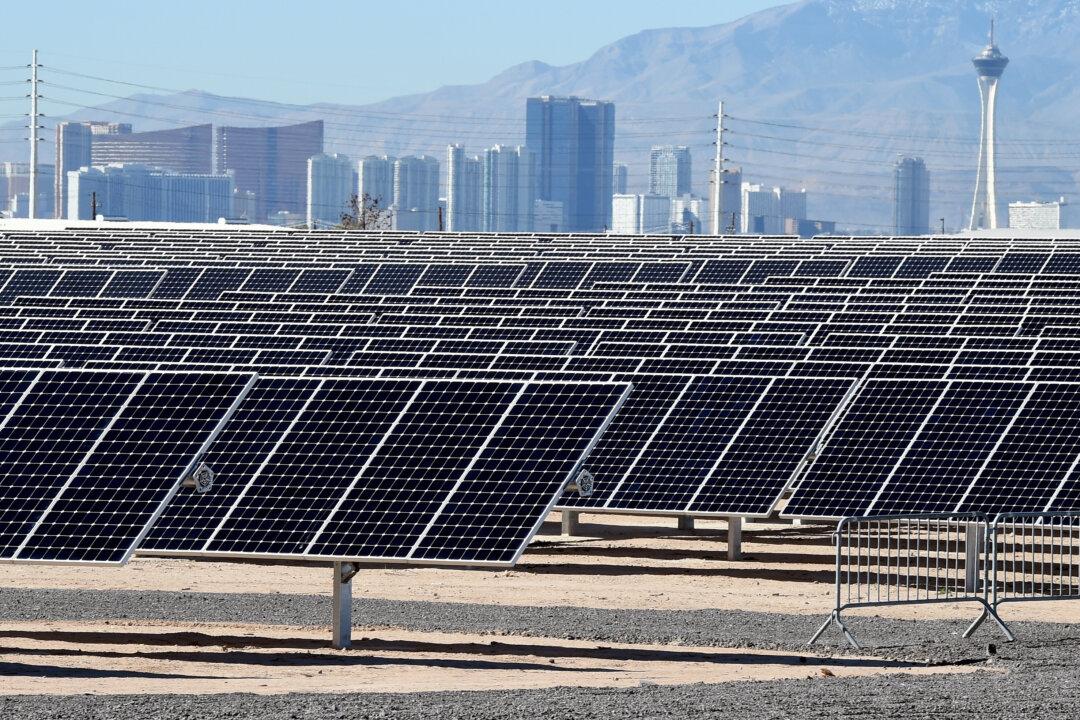On Sept. 8, the Biden administration’s Department of Energy issued a new report, “The Solar Futures Study,” which claims solar energy could power 40 percent of the U.S. electricity grid by 2035 and 45 percent of the grid by 2050.
The report, produced by the DoE’s Solar Energy Technologies Office (SETO) and the National Renewable Energy Laboratory (NREL), proposes that this could be done without raising the cost of electricity, because of continued technological improvements and “demand flexibility.”





